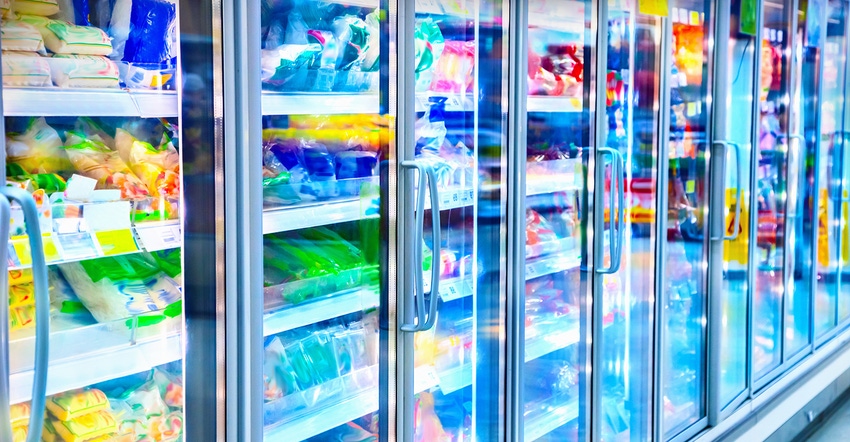Prepared foods is one of the fastest-growing segments within the global food industry, thanks to busy consumers seeking convenient, nutritious and time-saving options in the form of frozen, refrigerated and shelf-stable products.

Prepared foods is one of the fastest-growing segments within the global food industry, thanks to busy consumers seeking convenient, nutritious and time-saving options in the form of frozen, refrigerated and shelf-stable products. While consumers are looking for convenience in the kitchen, they still want foods that provide homemade textures with simple ingredient decks. Whether a brand is an established player in the prepared foods category or looking to enter the game, it should consider these market dynamics:
There’s an uptick in demand for cleaner prepared foods. The prepared foods category, comprised of convenience foods such as meal kits, frozen pizzas, skillet meals and ready meals, has experienced steady growth in product launch activity from 2013 to 2017, with a 2.3 percent compound annual growth rate (CAGR). Time-pressed consumers are looking for shortcuts in the kitchen, but they aren’t willing to sacrifice taste. Those same consumers are looking for products made with clean label ingredients, which creates more space for innovation in frozen, refrigerated and shelf-stable products.
Understand formulation challenges. Maintaining a product’s texture over distribution and shelf life is paramount to the success of any food. A single solution doesn’t exist because refrigerated, frozen and shelf-stable foods each present unique challenges related to quality, shelf stability and texture. Refrigerated foods often have moisture separation; ice crystals can form in frozen foods due to freeze-thaw cycles; and texture and flavors in shelf-stable foods can be altered due to processing treatments used to promote longer shelf life and food safety.
Identify which clean label ingredients deliver the best texture quality for a product. Food product developers are challenged with understanding what need(s) the product will fulfill for the customer. The product should be defined in terms of what convenience, taste and nutrition it will deliver, as well as how it will be prepared. Starches and hydrocolloids food developers have relied on for years to balance moisture and rheology in products don’t fit modern clean label requirements. However, careful selection of ingredients such as hydrocolloids and native starches can render clean label, ready-meal products on par with conventional counterparts.
For more, download the Texture Solutions for Prepared Foods digital magazine.
About the Author(s)
You May Also Like






.png?width=800&auto=webp&quality=80&disable=upscale)